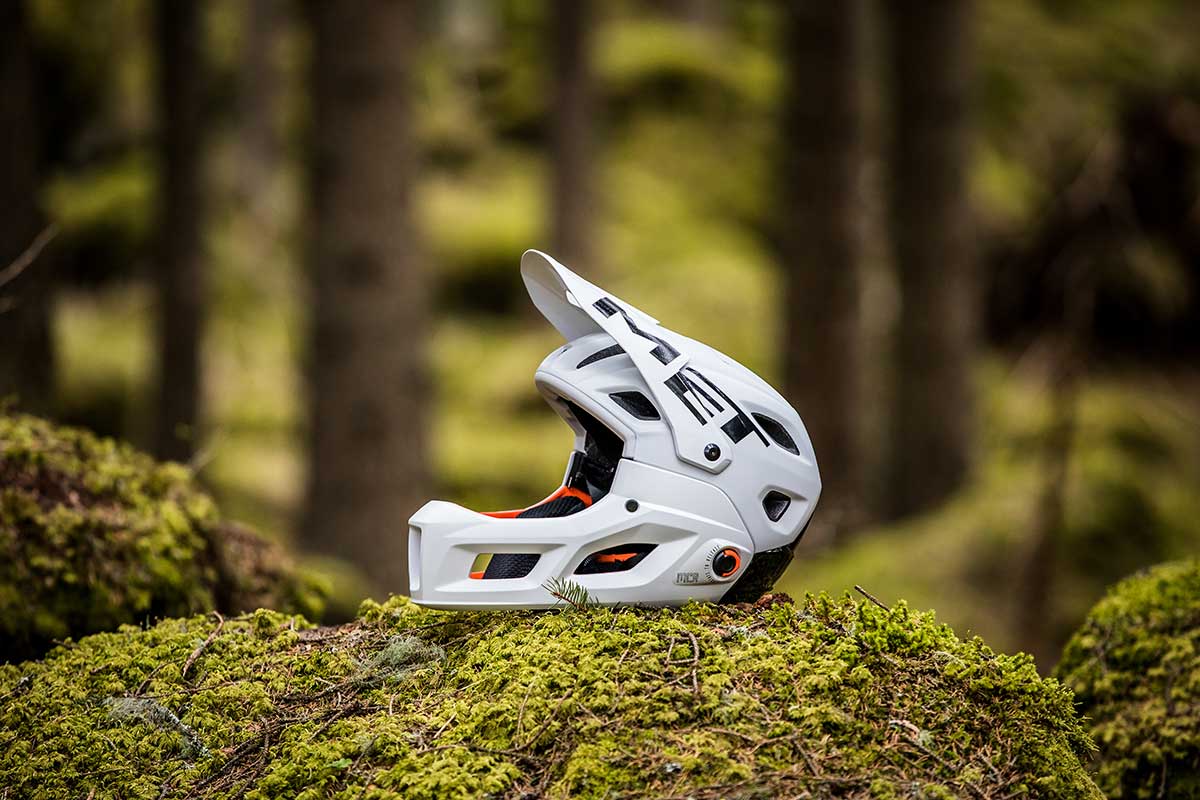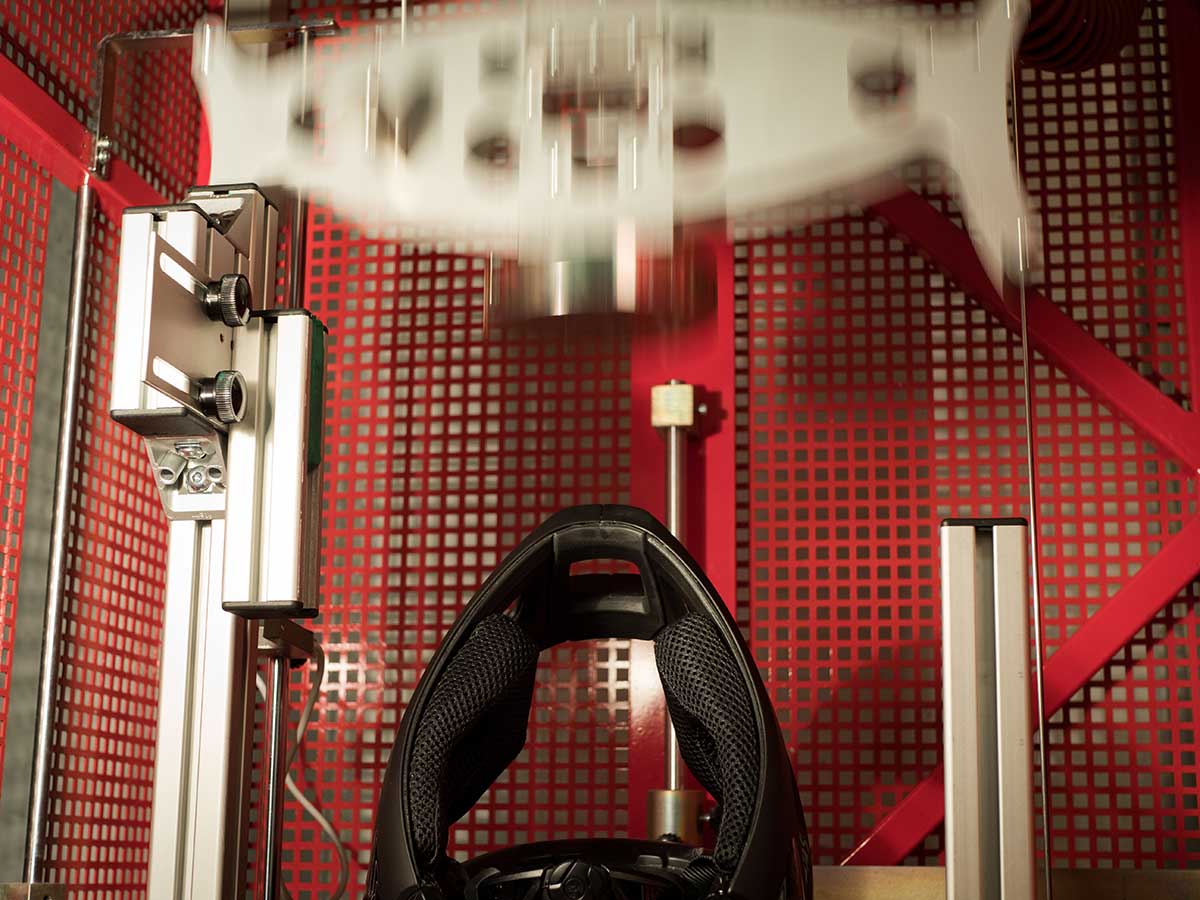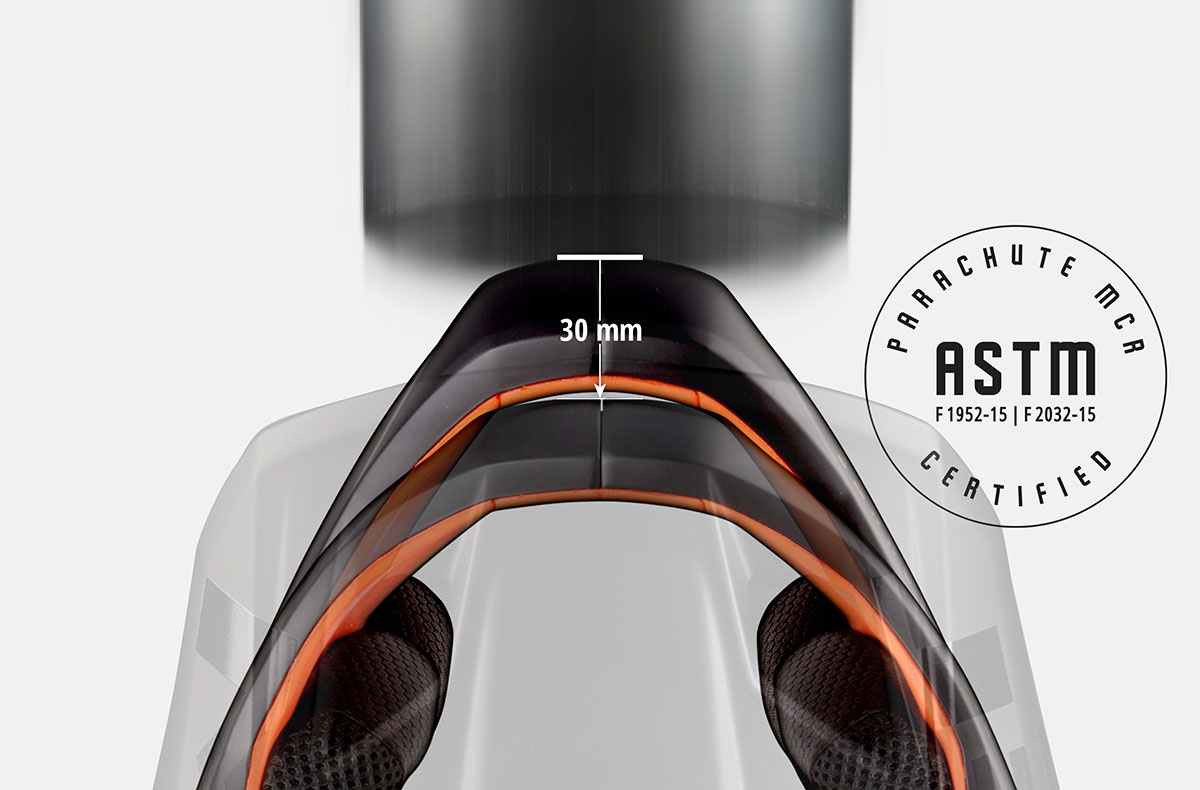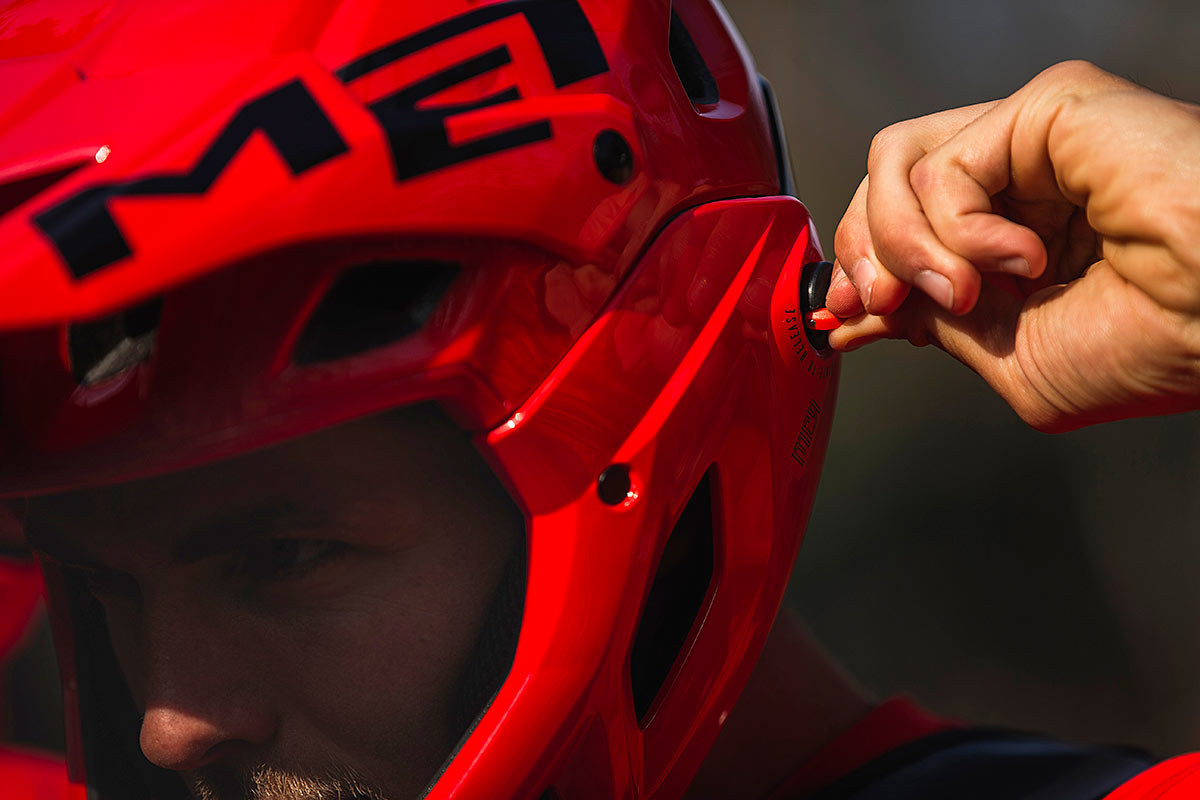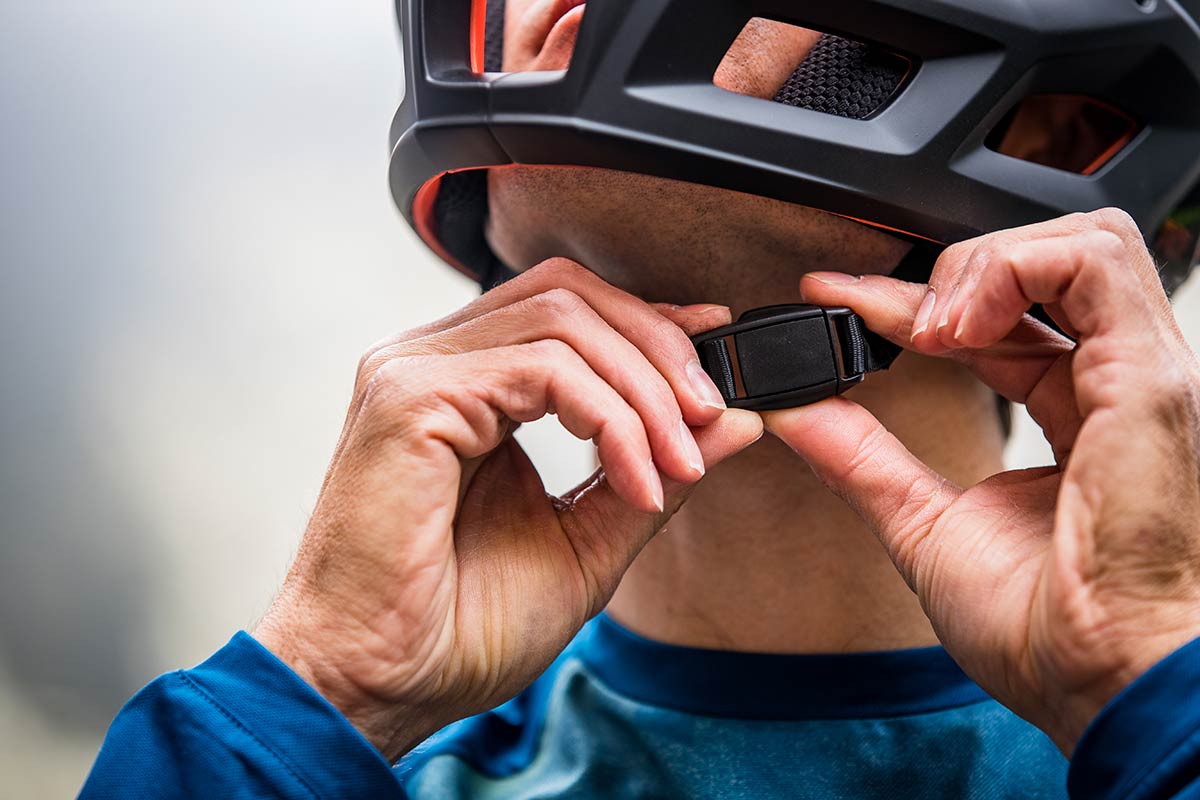We know, there’s no such thing as a stupid question. But there are some questions you might not want to ask your local shop or riding buddies. AASQ is our weekly series where we get to the bottom of your questions – serious or otherwise. This week we discuss convertible full face helmet design and safety technology with the expert helmet designers who brought you the MET Parachute MCR.
 Thank you to everyone who submitted a question for this week’s “Ask A Stupid Question” feature on convertible full face helmets. Here, Ulysse Daessle from MET Helmets answers them all. Ulysse has been the Communication Manager at MET Helmets for 3.5 years, and is a passionate enduro rider. He is answering your questions from his Lake Como home in Italy, near the MET HQ. Over to him!
Thank you to everyone who submitted a question for this week’s “Ask A Stupid Question” feature on convertible full face helmets. Here, Ulysse Daessle from MET Helmets answers them all. Ulysse has been the Communication Manager at MET Helmets for 3.5 years, and is a passionate enduro rider. He is answering your questions from his Lake Como home in Italy, near the MET HQ. Over to him!
What happens to the rider and helmet in the event of a direct face-plant?
MET Helmets: It’s a very interesting question, as the aim of any full face helmet is to prevent face injury by the addition of a chin bar. In brief, the helmet works in much the same way as a car bumper. Its aim is to dissipate the energy transmitted to your head in the case of a crash.
How does this work? By flexing the chin bar (to a certain degree – we will explain this later), or by compressing and cracking the shell. Obviously it should remain in one piece. So to answer to your question, in the case of a direct face-plant, the chin bar will protect the face while dissipating the energy, and the shell will work on the successive impacts.
A face plant will often include a rebound or a second impact. To be protective, the chin bar needs to be ASTM certified. It’s the only certification that tests the chin bar, guaranteeing that it meets safety standards. It’s not a mandatory certification, even if mandatory in BMX and downhill racing.
The test is done by dropping a weight onto the chin bar – the deformation should be inferior to 60mm. So, we advise all customers interested in buying a convertible full face helmet to buy an ASTM certified one, like for example the MET Parachute MCR.
Would it be desirable for the mouthpiece of a convertible full-face helmet to snap off upon impact? I understand that it’s there to protect your face, but I also feel like a long chin bar could actually cause neck injuries. Though I don’t want my face to get smashed up, I think I’d prefer that over a spinal injury.
MET Helmets: It’s a great question because we can speak about an important aspect of our work and the safety of the helmet: the work around the ratio of stiffness and flexibility. Posing a much greater risk than a chin bar that is too long is one that is too rigid. It could definitely transfer all of the impact energy to your neck.
That said, a chin bar that is too flexible will hit your face. Take into account that you may experience multiple impacts, so the chin bar needs to be attached in a secure way on the helmet. If not, it doesn’t offer protection – so a snap-off chin bar would be really bad and would cause a lot of injuries. This is before you even consider the fact that the now detached chin bar could itself hit your face.
Like we mentioned earlier, the ASTM certification is the only safety certification that guarantees the actual protection of the chin bar. To qualify for ASTM certification, the deformation of the chin bar under impact should be less than 60mm.
We designed our chin bar to deform less than 30mm as it’s the perfect balance between a chin bar that is too flexible and hits your face, and a chin bar that is too rigid and transfers the energy to your neck.
We achieved this by working on the structure on the chin bar. It is really rigid on the top to guarantee protection, and more compliant at the bottom to guarantee energy absorption.
Another point on the risk of neck injury: the chin bar is not the only part of the helmet playing a role. Indeed, the visor has a great role to play as it can twist your neck under impact. That’s why the MET Parachute MCR features a flexible injected visor that can be bent without breaking, in order to cope with the shape of the helmet in the case of crash.
I watched a friend of mine crash face-first with some other brand’s helmet and the removable chin bar snapped out. The rider didn’t sustain a face injury – but, my question is, how do direct hits affect the helmet’s shape?
MET Helmets: We are happy to hear your friend is doing well as he could have sustained a really bad injury because of that. Like we said earlier, the helmet needs to stay in one piece to perform, with the chin attached to the shell. That’s why our MET Parachute MCR is ASTM certified. On an impact, the chin bar and the helmet are subject to deformation and impact forces that need to be dissipated in order to protect the rider.
Is it reasonably easy to attach the chin bar without taking off the helmet (specifically for the MET Parachute)?
Yes, exactly! It’s effortless as the helmet is conceived for this use. The MET Parachute MCR was designed for this type of quick change; you can take the chin bar off and put it back on without taking off the helmet.
The Magnetic Chinbar Release system makes the chin bar attachment easy. After putting the anchor point at the front of the shell, you just have to position the screw in front of the holes and it magnetically secures the chin bar. It’s great because it’s so quick to convert the helmet and it’s so easy to do it so you don’t have any excuses to leave the chin bar at home!
Do you have any tips on carrying the chin bar?
MET Helmets: You can carry the chin bar in many different ways. The most common way is to fit it on a bag. Most MTB packs have straps for that purpose. You can also fit it onto the central belt of bags or hip-packs. Some people do like to carry it on the handlebar, and some of our riders are attaching it to their shorts.
Do you have any tips on keeping the fastening system clean?
MET Helmets: You can wash it with water and mild soap if it gets dirty. But, due to its position and the simplicity of the moving parts (basically a screw), it’s easy to clean and it doesn’t get dirty much.
Will the integrity of the fastening system be compromised if it gets soiled with mud?
MET Helmets: Like all closing systems, it needs to remain clean so the fastening can occur. We advise riders to check the chin bar is properly installed every time, by pulling on it after closing it.
If the fastening of the chin bar is properly done, nothing can compromise the integrity of the fastening as the mechanical parts are firmly maintained in place.
Why are the retainer straps not adjustable at the sides?
MET Helmets: We offer adjustable retainer straps on all of our open-face helmets. However, as the full face is covering a wider area, we can’t offer adjustable straps. Indeed the plastic parts making the adjustability might interfere with the shell and the face in the case of a crash.
Why did you opt for a FIDLOCK buckle over a D-ring closure?
MET Helmets: We chose a FIDLOCK buckle over a D-ring as the D-ring is conceived for full face helmets. Being a convertible full face helmet, the requirements in open-face mode are not the same as for a fixed chin bar helmet. In addition, it’s more convenient to close the helmet with a FIDLOCK buckle and to open it. It’s also really safe and resistant.
Is it possible to mount a GoPro to the MET Parachute full face convertible helmet? If so, in which locations?
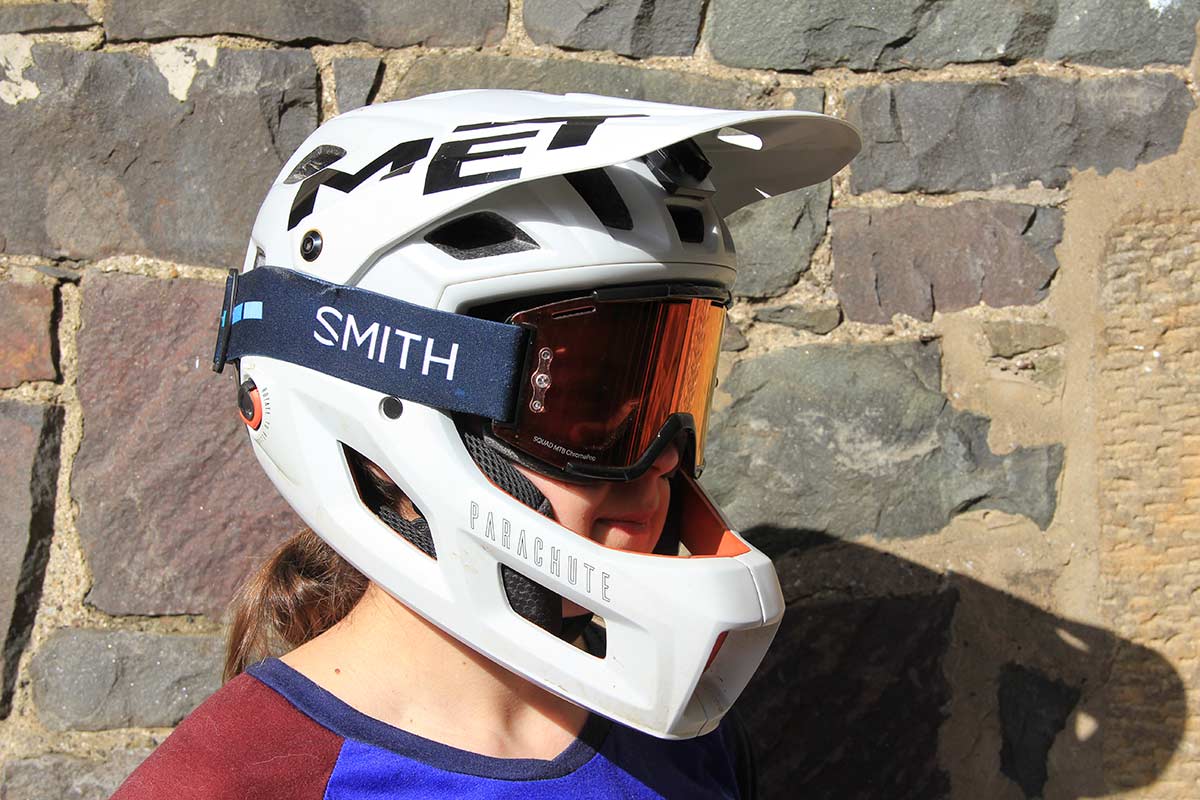
MET Helmets: You can mount a GoPro on the MET Parachute MCR, though it’s not something we recommend as it creates a hard point on the helmet. It’s for this reason that the UCI allows GoPros to be mounted only on the visors in Downhill. Our visor is quite flat and you can find space to fit it, or on the shell – even if we don’t recommend it.
Is the MET Parachute MCR compatible with earphones in both full face and open face mode?
MET Helmets: It depends on your ear phones, of course! If we speak about phone-type earphones, it’s compatible, even if we don’t advise the use of such devices as it’s important to be aware of your surroundings.
Is visor design criteria different for a convertible mountain bike helmet compared to a traditional full face lid or open face helmet?
MET Helmets: Indeed, designing the visor is one of the most challenging parts of a convertible helmet. The helmet needs to look good in both open and full face mode. In general, a traditional open face helmet has a shorter visor, and a full face helmet has a longer one.
So, we had to find the right balance in terms of length but also the position of the visor. As for a full face we worked on a fixed position, the visor of a convertible helmet needs to be adjustable to fit goggles or glasses underneath.
The similarity between all of our MTB helmet visors is that in each case, the visor is made from an injected flexible material in order to adapt to the shell of the helmet. This unique feature helps to manage extra rotational forces that would otherwise be transferred to your neck in a crash.
What eyewear is recommended for use with a convertible full face helmet? Since you’re going uphill, goggles are no longer the default. Which brand’s goggles are most compatible with the MET Parachute MCR?
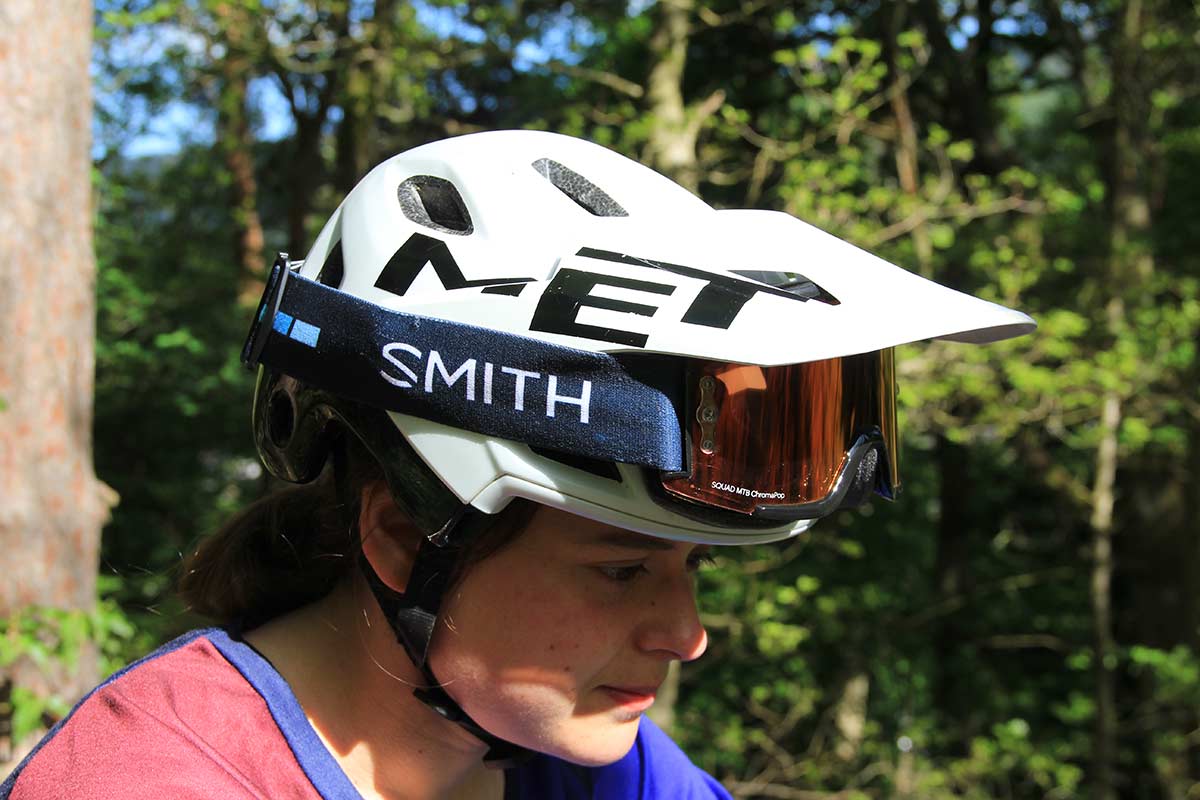
MET Helmets: We would say it depends on your preference and the helmet you have. You can use the MET Parachute MCR with goggles and sunglasses as well. We designed it to have a wide field of vision in order to fit goggles and glasses of any sizes, even the biggest. In addition, the adjustable vision makes the storage of eyewear underneath easy.
Are there any situations in which (assuming sufficient ventilation, access to hydration, ease of donning/doffing the chin bar) you would NOT want to use a convertible full face helmet?
MET Helmets: Actually, one of our goals with the MET Parachute MCR was to achieve the perfect versatility. That means we wanted to have a proper open face helmet, and a proper full face helmet. You can of course use the MET Parachute MCR in the open face only mode – a lot of our riders are using it this way while riding less technical trails.
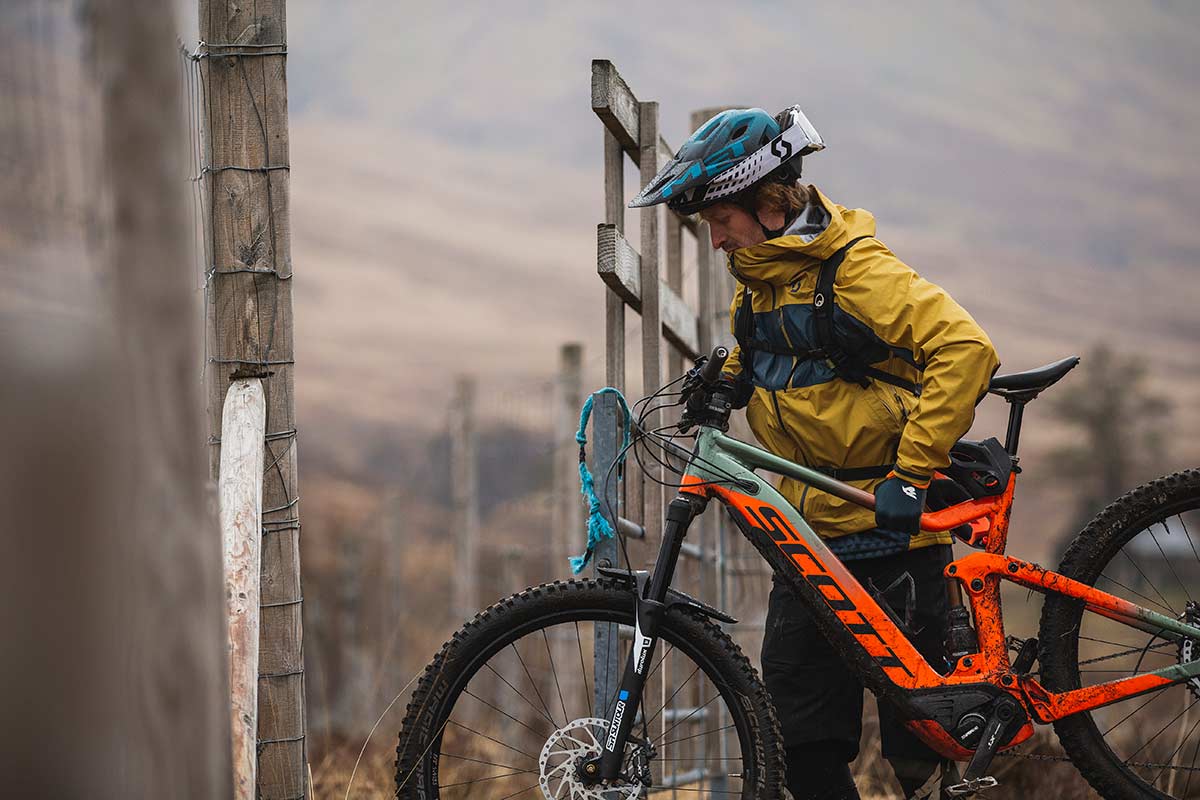
But, you can also use the MET Parachute MCR in full face mode only as it’s ASTM certified and gives the best possible safety for downhill mountain biking. Ultimately, we can’t think of a situation in which you wouldn’t use it.
How do MET factor the presence of hair into their helmet safety tests? It just occurred to me that hair can provide an additional slip plane, and I wondered whether this was considered at all?
MET Helmets: We evaluate the performance of our helmets without the factor of hair. Firstly, the hair may play a role mainly in the case of a rotational impact. As a linear impact induces a compression, hair won’t make any difference there.

Secondly, to be scientifically valid, the procedure of the tests should be equal and repeatable. That’s impossible with hair because its properties (thickness, length, position, shape) are not stable during the test, nor controllable.

Also, some people have a lot of hair and others don’t. That’s why we are working according to strict procedures in our internal lab which match the certifications’ stipulations in order to be able to have valid results and make comparisons.
MET helmet availability in the United States, specifically the Trenta MIPS and Trenta 3k. Is there a reason why there are only a hand full of retailers in the states?
MET Helmets: Currently, MET is not available in the United States. It’s something that we are working on as we receive a lot of requests from customers. Due to the size and the importance of this market, we want to take our time to find a good and long-lasting business partner who is able to push the brand and deliver value to our customers there in the US. We are eager to make products readily available in the US very soon, so stay tuned for more!

